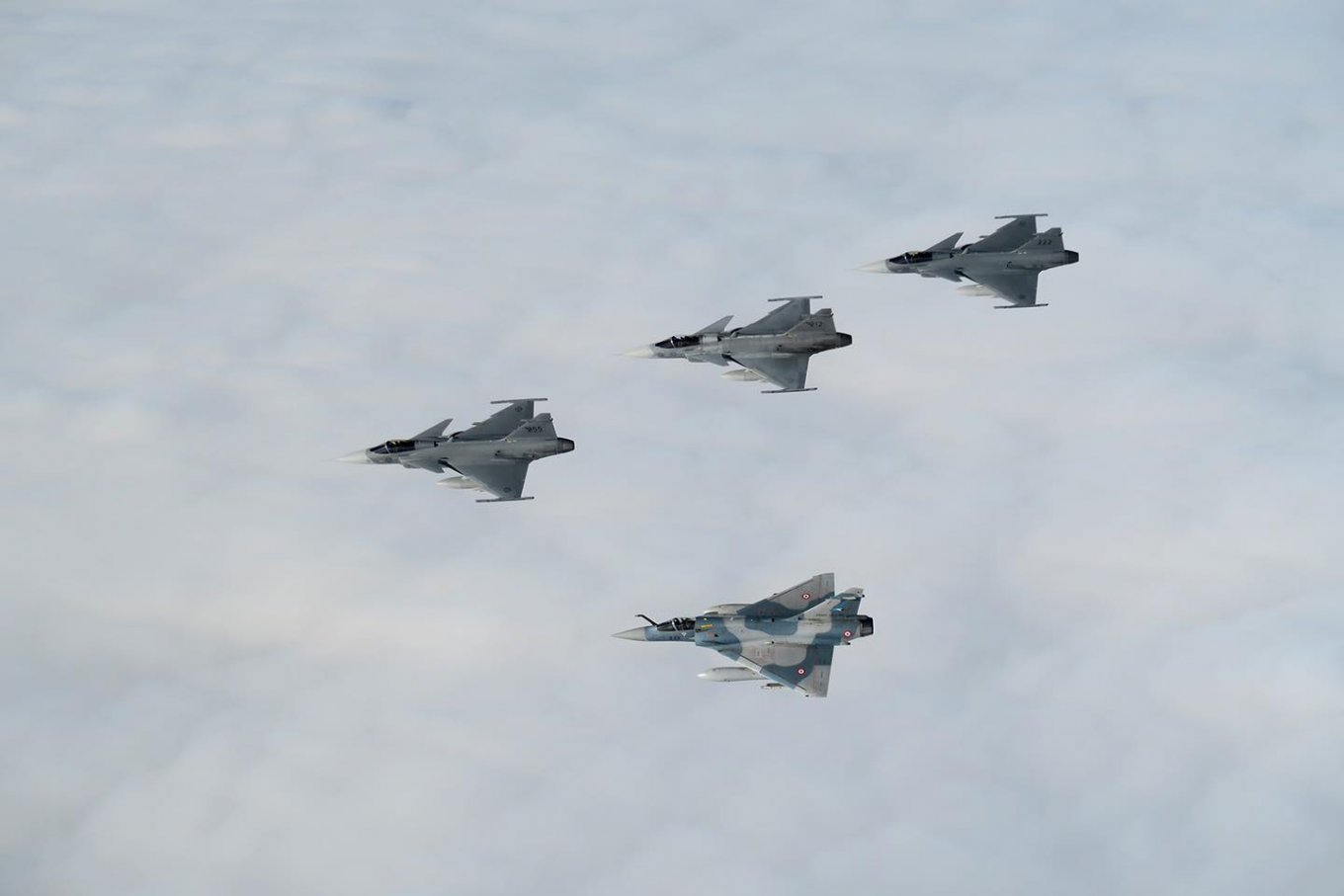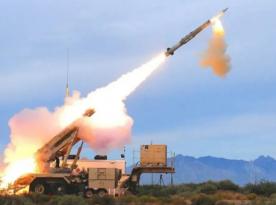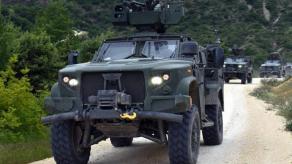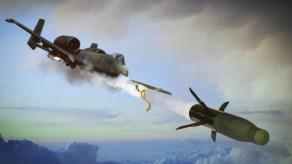The transfer of Gripen fighter jets from Sweden to Ukraine has long been a subject of discussion, with explanations as to why they have not yet been delivered. This time, the explanation was provided by the Chief of Defense of the Netherlands, General Onno Eichelsheim, a person with deep expertise in the matter, because the Dutch are not just one of the main donors of F-16 fighters to Ukraine, but a very important driving force behind the "aircraft coalition.
"I think we have to avoid [giving] too many systems to Ukraine, because they have a shortage of pilots. Somewhere in the balance, you have to look at what capabilities are needed at this moment", Onno Eichelsheim expressed his opinion to Breaking Defense during Halifax International Security Forum.
Read more: Ukraine’s Transferred Bombers Are Now Serving in russian Forces and Targeting Their Homeland
Moreover, he believes that transferring the French Mirage 2000-5 fighters to Ukraine does not make sense, as it would waste resources and require supporting several systems of the same type, rather than concentrating on just one.

"So get them [Ukrainians] ready on these aircrafts, and provide them with the weapons, the money, the logistics, the parts that are available around the world to get these aircraft up and running continuously", the general stated.
He also noted that Ukrainian pilots are doing very well with the F-16 jets, "perhaps even better than we expected," and are quickly mastering not only the combat use of this fighters, but also new weapons.
As Defense Express, we can only agree with the thesis that a unified fleet of fighters of one type is much better than having a wide variety of aircraft. Of course, it would be better if Western partners and Ukraine could ensure the simultaneous transfer and receipt of the 128 F-16 fighters needed, along with the proper training of hundreds of pilots and specialists. If we are talking about a conditional limit of up to 79 F-16s, not all of which will be combat-ready and which will be transferred by 2028, then such diversity becomes a matter of survival.

The most important thing is to understand that the Dutch defense chief's opinion on Gripen aircraft clearly reflects the collective view of a number of high-ranking NATO military officials. This explains who exactly "paused" the transfer of Swedish fighter jets.
It should be recalled that in May of this year, Swedish Defense Minister Pål Jonson said that he had been asked to slow down the transfer of the JAS 39 Gripen aircraft until Ukraine received the F-16s, hinting at the F-16 coalition representatives. Later, the Swedish Ministry for Foreign Affairs reported that the decision to pause the Gripen transfer came from Ukraine, but this was denied by Kyiv.
Although it has become known that Sweden is still gradually preparing for the transfer of Gripen and has already allocated components for 14 aircraft. This means that Sweden and Ukraine can approach this issue in the same way it was with France.
Earlier Defense Express reported that NATO had declared the need for strikes on russia in case of an attack.
Read more: Ideas for Using An-2 Aircraft as Kamikaze Drones in Strikes Emerge in Ukraine Following Friendly Fire Incidents in russia














